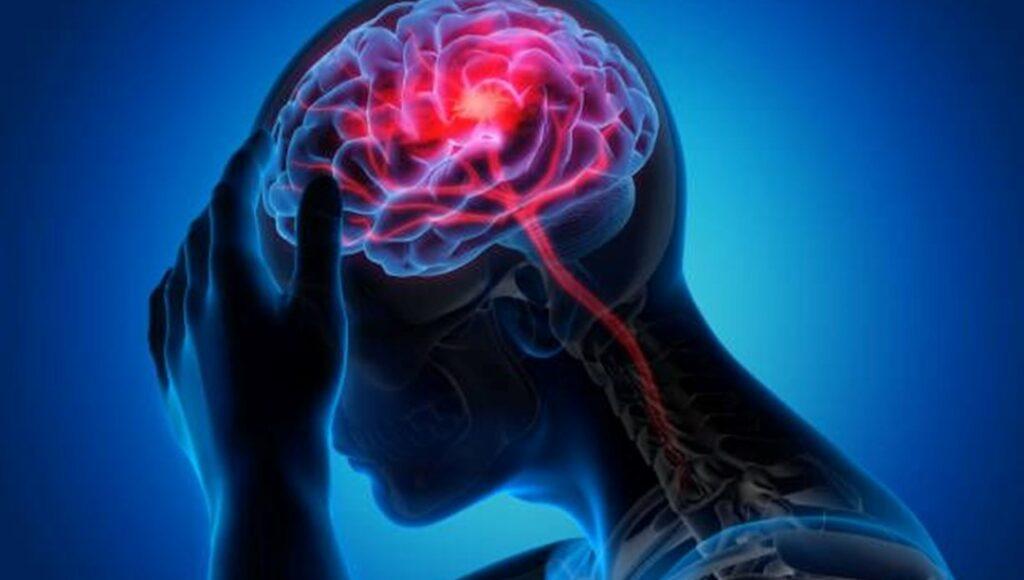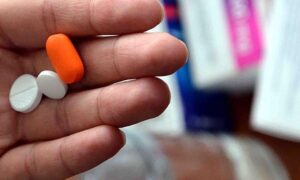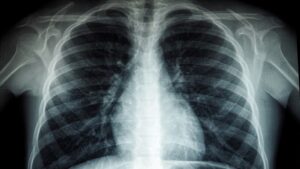[ad_1]
CEREBRO VASCULAR ILLNESS WHY?
Brain All of the diseases that occur due to the weakening or complete cessation of blood flow in the blood vessels or the bleeding that develops as a result of the rupture of the brain vessels are defined as cerebro vascular diseases (CVO).
Generally among the people known as ‘stroke’ or ‘stroke’ Death rates due to cerebrovascular diseases are high in the world and in our country.
TYPES OF CEREBROVASCULAR DISEASE
Cerebrovascular diseases are divided into two main groups as ischemic and hemorrhagic.
1. Ischemic cerebrovascular disease: It is the neuronal damage that occurs as a result of occlusion in the vessels feeding the brain. It is the most common type of stroke. The most common cause of ischemic stroke is atherosclerosis. Plaques composed of blood cells, fat, cholesterol, calcium and other substances accumulate in the arteries and cause narrowing. A sudden blood clot that forms here can cause an ischemic stroke.
2. Hemorrhagic cerebrovascular disease: It is the neuronal damage that occurs as a result of rupture in the vessels feeding the brain. It is less common than ischemic stroke but is more likely to be fatal. It occurs when a weakened blood vessel ruptures in the brain. These ruptures are usually caused by sudden increases in blood pressure. Other common causes include aneurysms and arteriovenous malformations (brain vascular clump).
WHAT CAUSES CEREBRO VASCULAR DISEASES?
Hypertension: It is the primary risk factor for all types of stroke. It causes both hemorrhagic and ischemic stroke by disrupting the brain vascular structure.
Diabetes: It often causes ischemic stroke by disrupting the large vascular structure.
Heart diseases: Heart rhythm disorders, rheumatic heart diseases, previous heart attack, cardiovascular diseases constitute serious risk factors for ischemic stroke.
Hyperlipidemia: High blood lipids (cholesterol and triglycerides) are risk factors for stroke. In particular, increased LDL (bad cholesterol) cholesterol level causes atherosclerosis. As a result, cerebral vascular structure is damaged, causing ischemic and hemorrhagic strokes.
Smoking: It increases the risk of stroke by increasing blood clotting factors.
Alcohol use: It increases blood pressure and triglyceride level in the blood. By triggering heart rhythm disorder, it poses a risk for both hororagic and ischemic stroke.
Obesity: In patients with a body mass index above 30kg/m2, diabetes, LDL increase, hypertension, predisposition to cardiovascular diseases increase and this causes stroke.
Physical inactivity: Regular physical activity reduces known stroke risk factors (such as hypertension, obesity, hyperlipidemia.)
Nutritional habits: The Mediterranean diet rich in fish, vegetables and olive oil helps to reduce the risk of stroke.
Hypercoagulability: It is a group of diseases that cause blood clotting.
Hormone use: Birth control pills pose a risk for stroke due to the amount of estrogen they contain.
Vascular diseases: Stenosis in the carotid arteries, which are the arteries leading to the brain, are among the serious risk factors.
Drugs: Amphetamine, cocaine and heroin increase the risk of stroke 7 times compared to non-users.
SYMPTOMS OF CEREBRO VASCULAR DISEASE
Different neurological findings develop according to the affected area of the brain. These can be listed as:
– Speech disorders (limp speech, drunken speech, inability to speak, difficulty in understanding what is spoken, using wrong words while speaking)
– Visual disturbances (half vision, double vision, blurred vision)
– Complete or partial paralysis
– Sensory damage (loss of sensation in one half of the body)
– Headache
– Memory problems
– Dizziness and loss of balance.
Follow NTV on social media
[ad_2]
Source link






